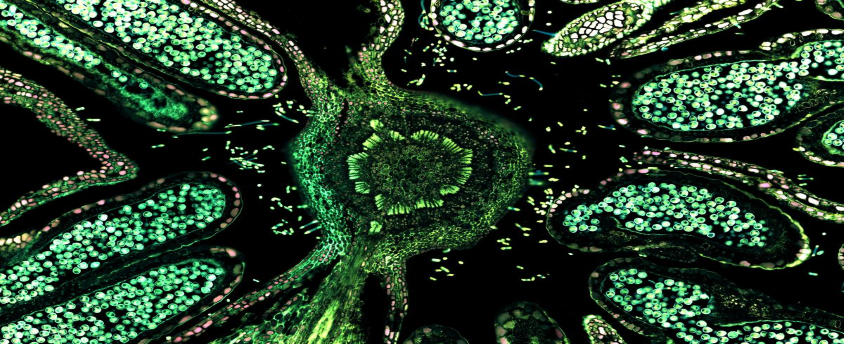Scientists devise ‘glowscope’ to bring fluorescent microscopy to schools
14, Mar 2023

Prelims level : Science & Technology
Mains level : GS-III Science Tech - Awareness in the fields of it, Space, Computers, Robotics, Nano-Technology, Bio-Technology, Pharma Sector & Health Science
Why in News?
- According to the researchers, fluorescence microscopes are very expensive making them unaffordable for students in various resource-poor labs. However, students could use rudimentary characteristics to study the microscopic world.
Fluorescence microscopes:
- A normal optical microscope helps view an object and study how it absorbs, reflects or scatters visible light.
- Whereas a fluorescence microscope views an object by studying its fluoresces i.e. how it re-emits light that it has absorbed.
- Objects are illuminated with light of a specific wavelength and the particles in the object absorb the light and re-emit it at a higher wavelength (i.e. different colours).
- Such particles are called fluorophores and the object is infused with such particles before being placed under the microscope.
- A fluorescent microscope can track such particles or fluorophores when they shine or glow brightly due to fluorescence as they move inside the object thereby revealing various characteristics of the object.
- There are several versions of such fluorescent microscopes such as epifluorescence and confocal laser-scanning microscopes.
- Fluorescence microscopes are very expensive costing up to crores.
Latest developments – Glowscope:
- Researchers from Winona State University have come up with a way of developing a rudimentary fluorescence microscope that could be developed at a cost of ₹2,500 to ₹4,100.
- Researchers have said that such devices can detect green and red fluorophores.
- The set-up of a rudimentary fluorescence microscope consists of two plexiglass surfaces, an LED flashlight, three theatre stage-lighting filters, a clip-on macro lens, and a smartphone.
- The smartphone with the lens is placed on one surface that is suspended at a height and a second sheet is placed below that holds the object.
- The object which is to be observed is then injected with different fluorophores depending on the interest and the stage-lighting filters held between the flashlight and the object and others held between the object and the smartphone ensure that light of the right frequency would reached the object and the fluoresced light of a suitable frequency reached the camera.






